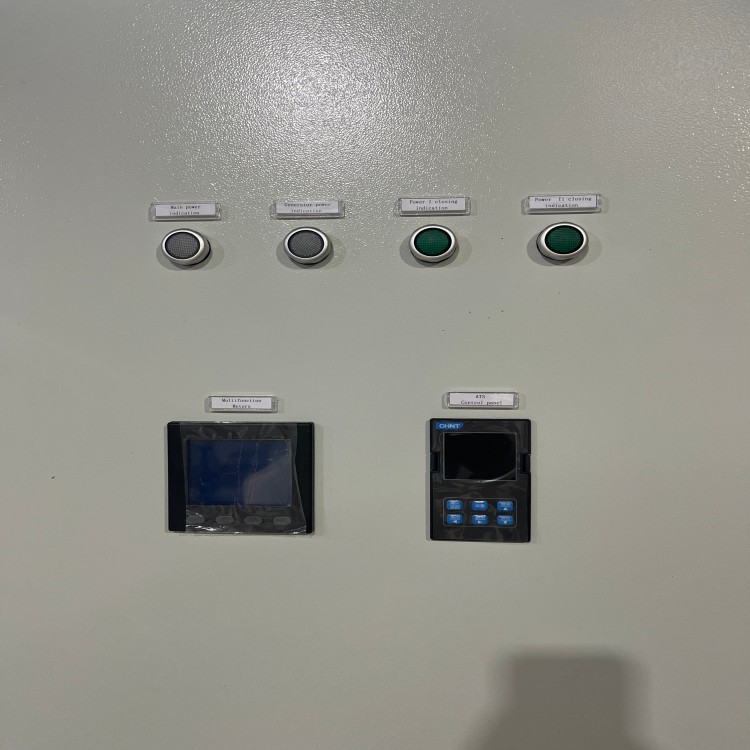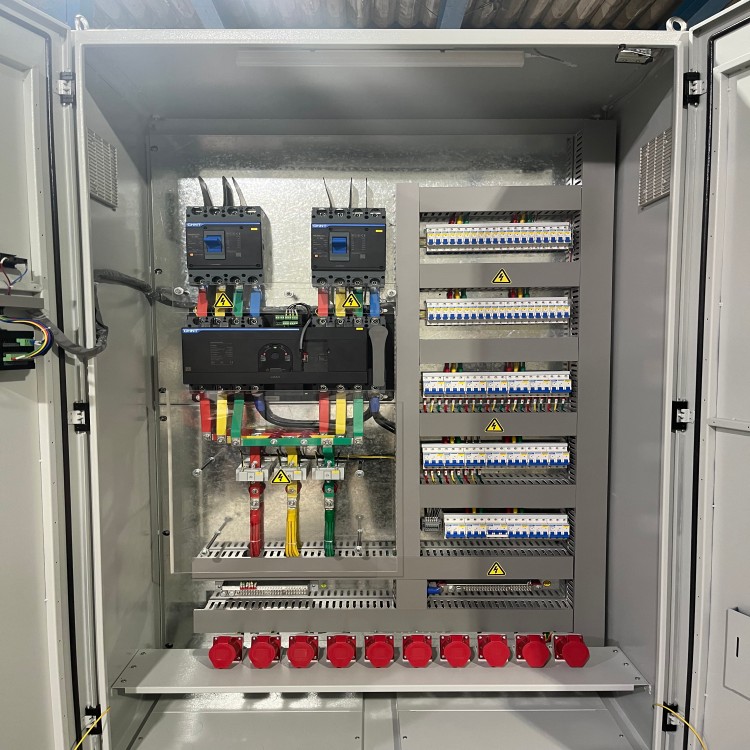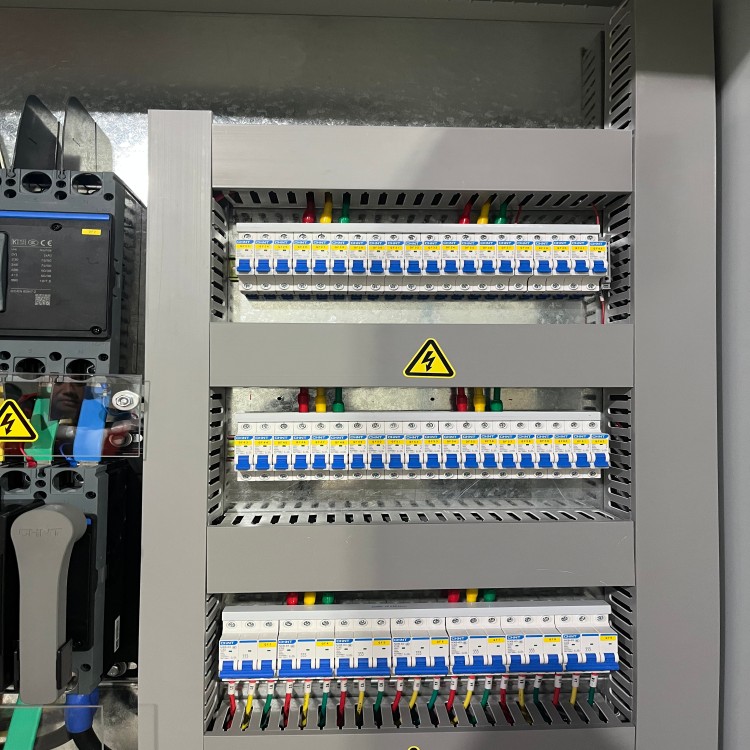Outdoor distribution boxes are widely used in various outdoor occasions, such as construction sites, parks, road lighting, billboards, etc. On construction sites, it provides a stable power supply for various construction equipment to ensure the progress of the project.
The outdoor distribution box has excellent waterproof and dustproof performance, which can effectively protect the internal electrical equipment in bad weather and environment, and ensure the stable operation of the power system. It is made of sturdy and durable materials, has good weather resistance and impact resistance, and can resist the erosion of external factors for a long time. At the same time, the structure design of the outdoor distribution box is reasonable, which is easy to install and maintain, and can meet the power distribution needs of various outdoor scenes. In addition, it also has good heat dissipation performance, which can effectively reduce the temperature of the equipment and extend the service life.

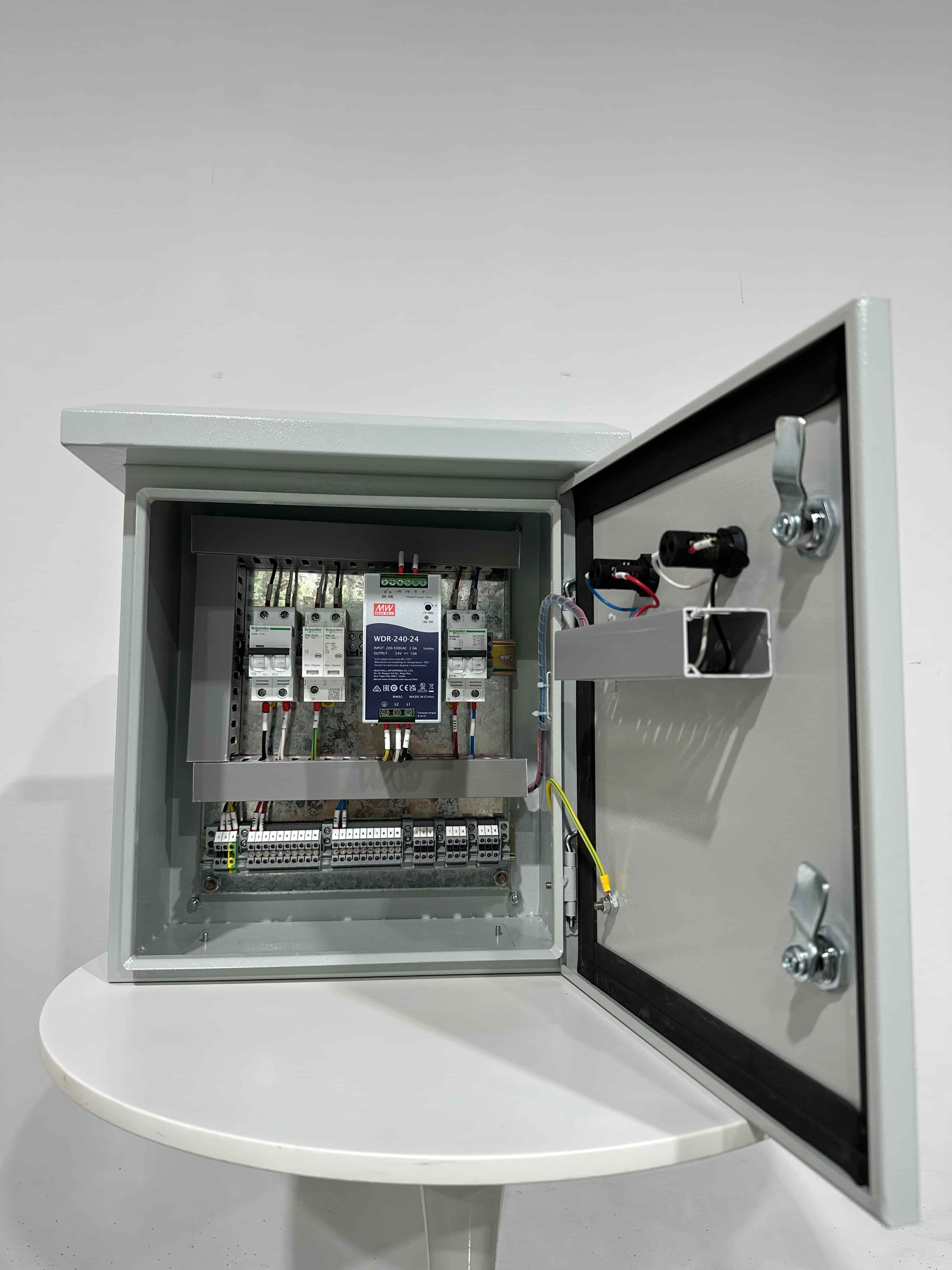
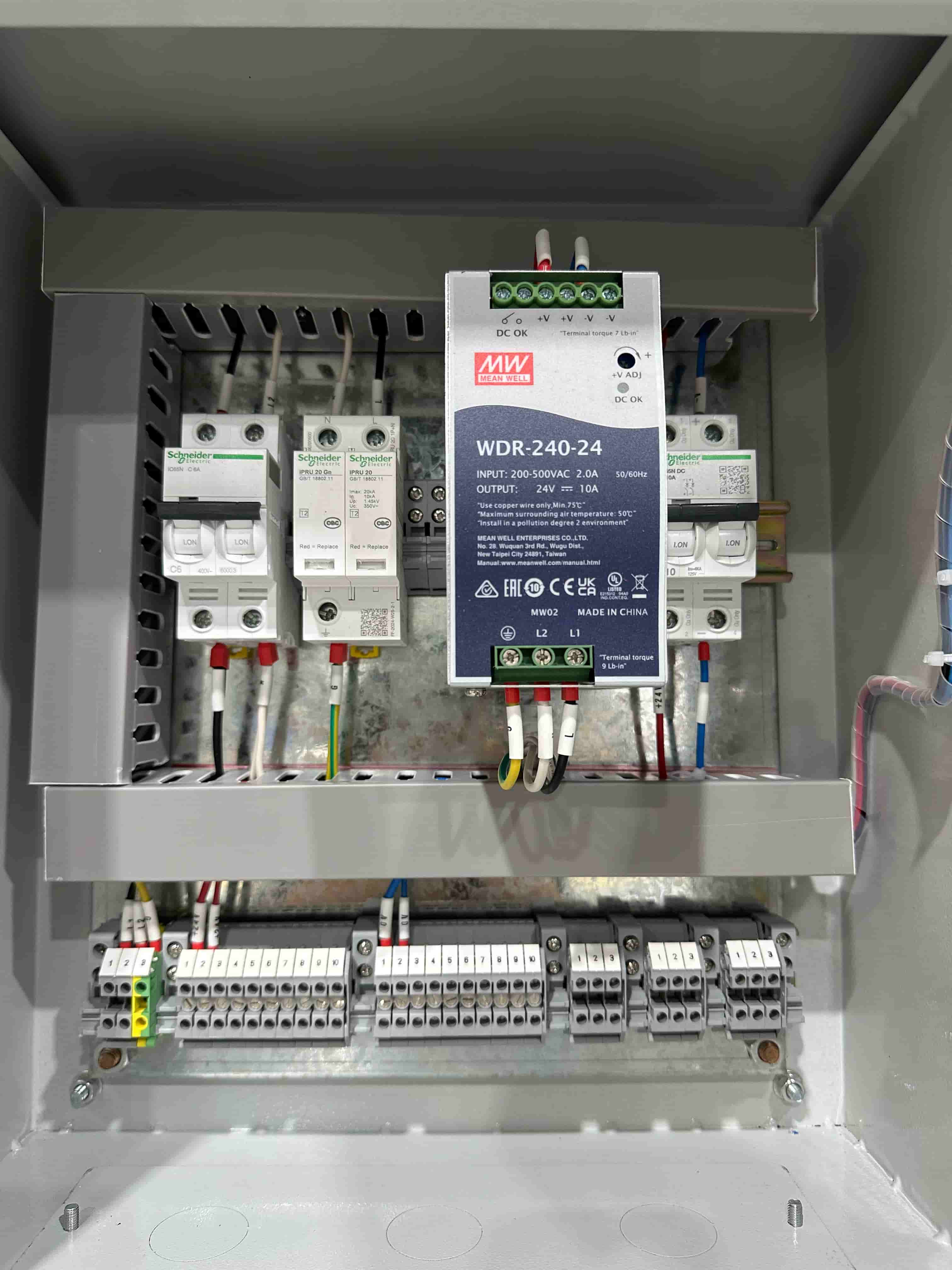
As an important device in the power system, the outdoor distribution box has various functions. It is mainly used for power distribution and management in outdoor environments, and can effectively control, protect and monitor the circuit. Through internal circuit breakers, leakage protection switches and other electrical components, the outdoor distribution box can manually or automatically connect or disconnect the circuit to meet the power needs of different equipment. At the same time, it also has overload, short circuit, leakage and other protection functions, which can quickly cut off the power supply when a circuit fails to protect the safety of equipment and personnel.
